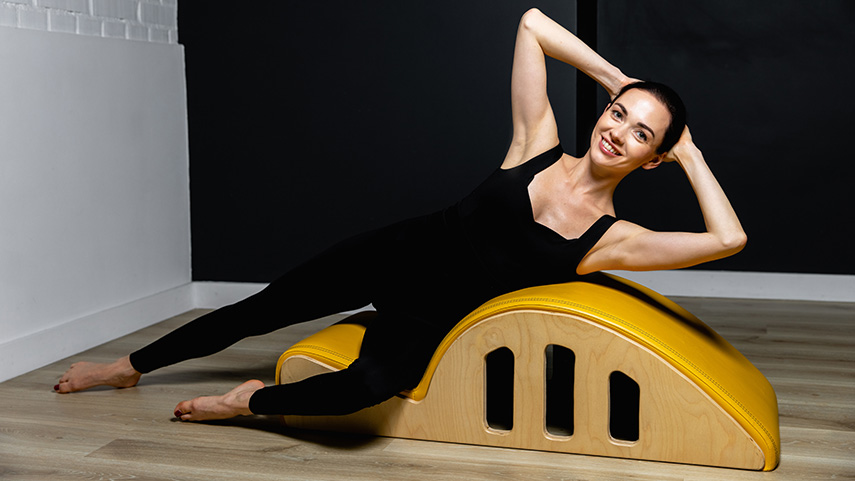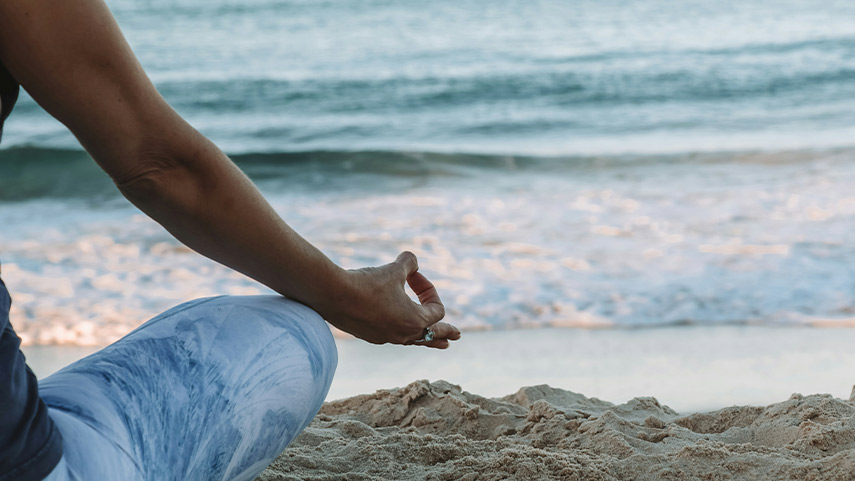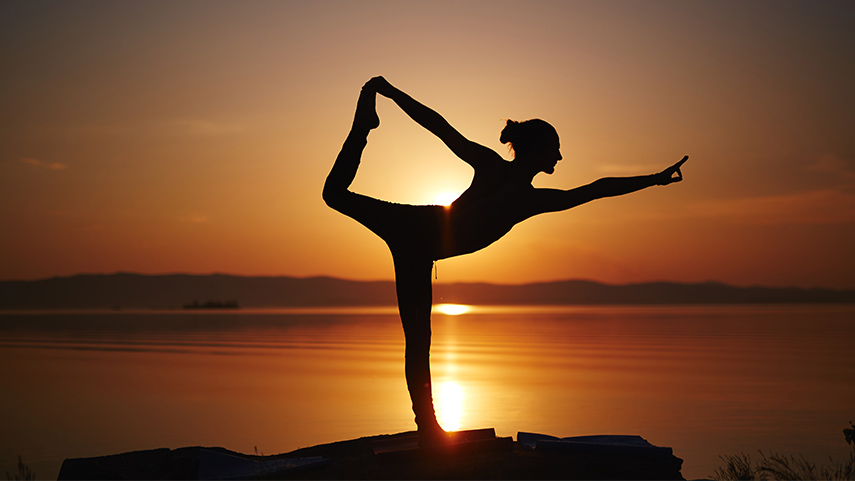How Often Should You Do Pilates to See Real Results?
If you’re wondering how often you should do Pilates to see real results, you’re not alone. It’s one of the most searched questions by both beginners and long-time fitness enthusiasts exploring the benefits of this mindful movement method. With its reputation for building core strength, improving posture, and enhancing flexibility, Pilates is an ideal workout for people of all ages and fitness levels. But to truly experience its transformative power, consistency is key.
How Often Should I Do Pilates as a Beginner?
Starting a new fitness routine can feel overwhelming, but Pilates offers a welcoming and adaptable entry point. If you’re new to Pilates, a good rule of thumb is to begin with 2 to 3 sessions per week. This frequency helps your body adapt to new movement patterns without leading to burnout or excessive soreness. Remember, Pilates is not about going all out on day one. It’s about precision, breath, and gradually building strength from the inside out.
During your first few weeks, focus on learning the fundamentals: neutral spine, pelvic stability, breathing, and controlled movements. Whether you’re practicing mat Pilates at home or attending Reformer classes at a studio, the emphasis should be on quality, not quantity. Think of these early sessions as laying the foundation of a house—once it’s solid, you can build as high as you like.
How Many Times a Week Should You Do Pilates for Results?
Once you’ve got the basics down, it’s time to build momentum. The sweet spot for most people looking to see noticeable results is 3 to 4 sessions per week. At this frequency, your body has regular, repeated exposure to the practice, which helps solidify neuromuscular connections. In simpler terms: the more consistently you practice, the better your body learns and retains the movements.
Pilates works muscles that often go underused—deep core stabilizers, spinal extensors, and the smaller, supportive muscles around the joints. These areas take time to activate and strengthen, which is why regular practice matters. You’ll begin to notice improved balance, deeper core engagement, increased flexibility, and a subtle shift in the way you hold yourself.
Many clients also report that doing Pilates more frequently boosts their performance in other activities, from yoga to running to everyday tasks like lifting groceries or playing with kids. It’s not just about the mat or the machine—it’s about functional strength and fluid movement.
How Long Does It Take to See Results From Pilates?
One of the most common questions people ask is: how long does it take to see results from Pilates? While everyone’s journey is different, many people begin to feel a difference after just 5 to 10 classes. That means better coordination, less tension, and more connection between mind and body.
For visible results—like toned muscles, improved posture, and a leaner appearance—expect to see changes after about 1 to 2 months of consistent practice. This timeframe can vary based on your starting point, lifestyle, and whether you’re combining Pilates with other forms of exercise or healthy eating habits.
It’s also worth noting that Pilates changes how your body functions, not just how it looks. Many practitioners say they stand taller, breathe deeper, and experience fewer aches and pains in daily life. These internal wins are just as valuable as the external ones.
How Many Pilates Classes to See Results?
Let’s talk numbers. If you’re wondering how many Pilates classes you need to see results, think in blocks of 10. Around 10–12 classes is usually enough to start feeling more in tune with your body. At 20–30 classes, expect to see visible changes in your strength, flexibility, and posture.
You may also notice other subtle shifts: better balance, reduced back pain, improved sleep, and even enhanced digestion due to better core engagement and posture. These are all signs that your body is integrating the work—and thriving because of it.
Joseph Pilates famously said, “In 10 sessions you’ll feel the difference, in 20 you’ll see the difference, and in 30 you’ll have a whole new body.” While that quote is now nearly a century old, it still rings true. The key is showing up consistently and treating Pilates as a long-term relationship, not a quick fix.
How Many Days a Week Should You Do Pilates Long-Term?
If you’re in it for the long haul (and we hope you are!), 4 to 5 sessions per week is ideal for achieving and maintaining long-term benefits. This frequency allows you to explore more advanced exercises, build endurance, and fine-tune your technique without plateauing.
And here’s the beauty of Pilates: not every session needs to be intense. Some days can focus on deep stretching or breathwork; others can be strength-focused or flow-based. Mixing it up not only prevents boredom but also allows your body time to recover and adapt.
Some experienced practitioners even do Pilates daily—but with variety in their routines. One day might be a gentle 20-minute mat session at home, while another could be an energizing studio class on the Reformer. The goal isn’t to go harder, but to stay consistent and intentional.
What Kind of Results Can You Expect?
So, what exactly will you gain from practicing Pilates regularly? Here’s what you can look forward to:
- Core Strength: One of the most celebrated benefits of Pilates. Say goodbye to lower back pain and hello to functional, balanced movement.
- Improved Posture: Many clients report standing taller and feeling more confident in their bodies.
- Flexibility: Pilates gently increases range of motion in joints, making everyday movement easier and more fluid.
- Toned Muscles: Long, lean muscle development without bulk. Think strength with grace.
- Body Awareness: A deeper understanding of how your body moves, breathes, and balances.
- Stress Reduction: The combination of breath and mindful movement creates a calming effect, helping to manage daily stress and anxiety.
Final Thoughts: It’s a Lifestyle, Not a Shortcut
To sum it all up: how often should you do Pilates? If you’re starting out, aim for 2 to 3 sessions per week. Once you’re comfortable, level up to 3 to 5 times per week for consistent results. You’ll start to feel better within a few weeks, and you’ll see noticeable changes within a month or two.
Pilates isn’t just another fitness trend—it’s a sustainable, intelligent movement system that evolves with you. Whether your goal is strength, flexibility, better posture, or simply a deeper connection with your body, Pilates delivers. And the best part? It keeps getting better the longer you stick with it.
So roll out your mat, book that class, or step onto the Reformer. Your future body will thank you for the investment you make today.





